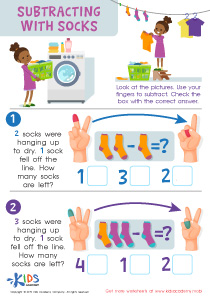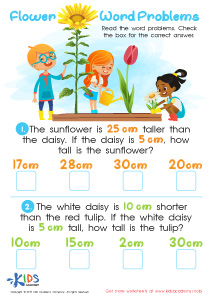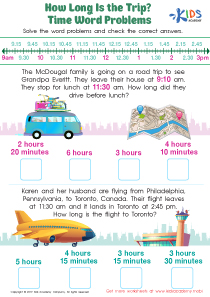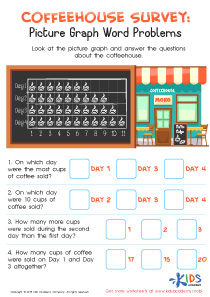Easy Two-step Word Problems Worksheets for 4-Year-Olds
5 filtered results
-
From - To
Introducing our Educational Worksheets designed specifically for four-year-olds! Delve into our Easy Two-step Word Problems worksheets and watch your little ones enjoy the thrill of solving problems while enhancing their thinking and reasoning skills. These worksheets are meticulously crafted to introduce young learners to basic mathematical concepts in a fun and engaging way. Each sheet is designed to build confidence and foundational skills with simple, age-appropriate challenges that encourage learning through play. Perfect for both home and classroom use, these worksheets are a fantastic tool to spark curiosity and foster early academic growth in your preschooler.
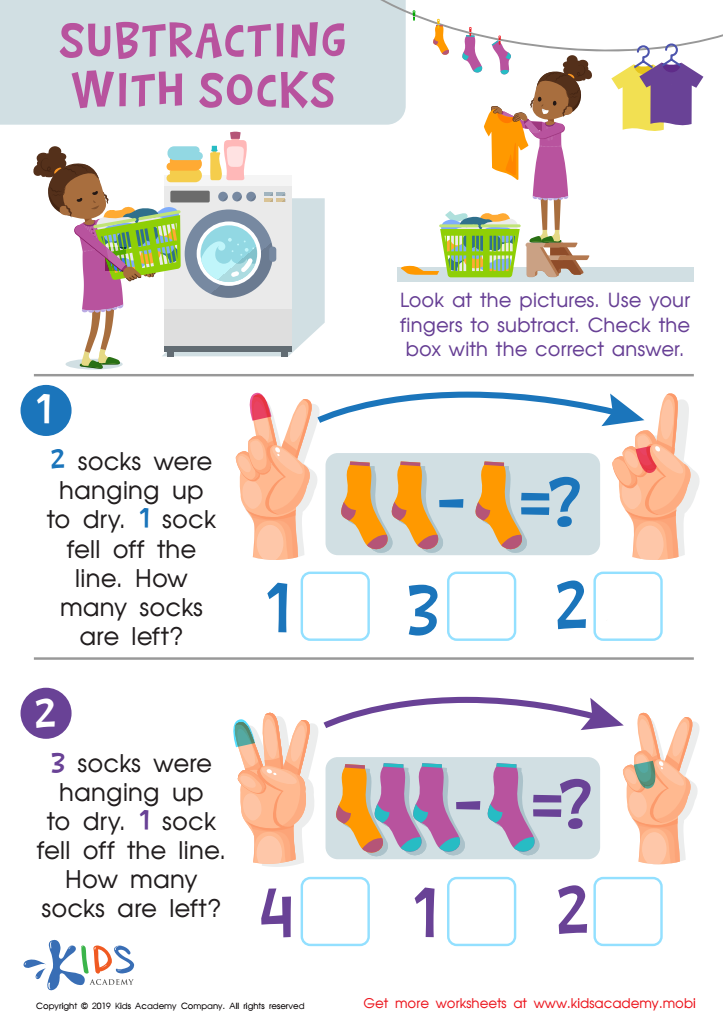

Subtracting Socks Worksheet
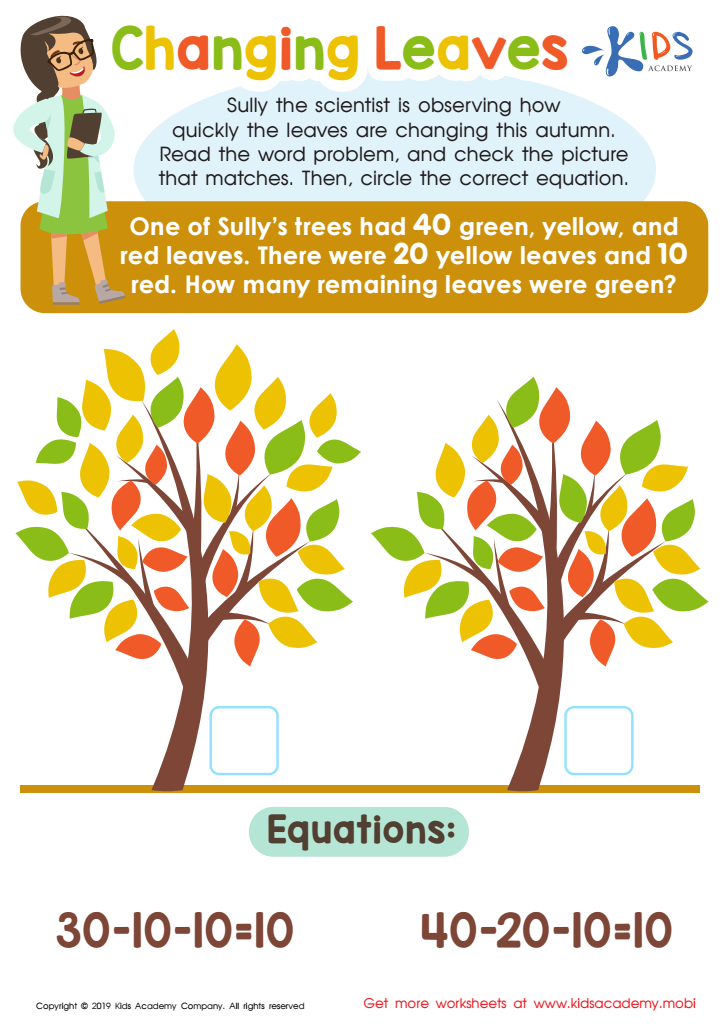

Changing Leaves Worksheet
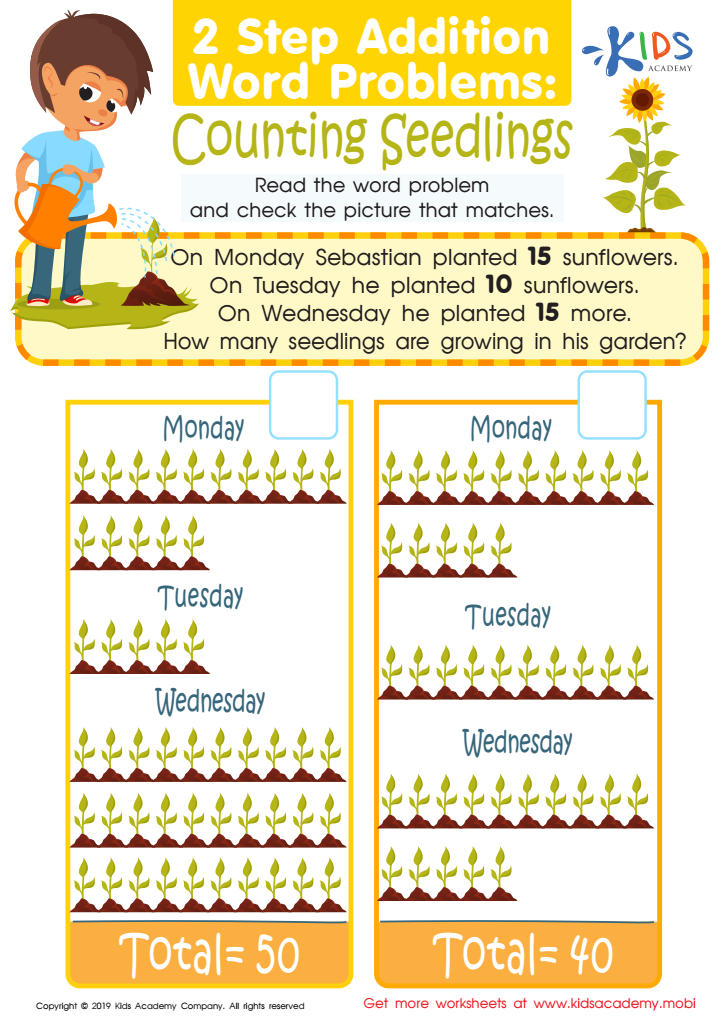

Counting Seedlings Worksheet


Using Number Sentences to Solve Problems Worksheet
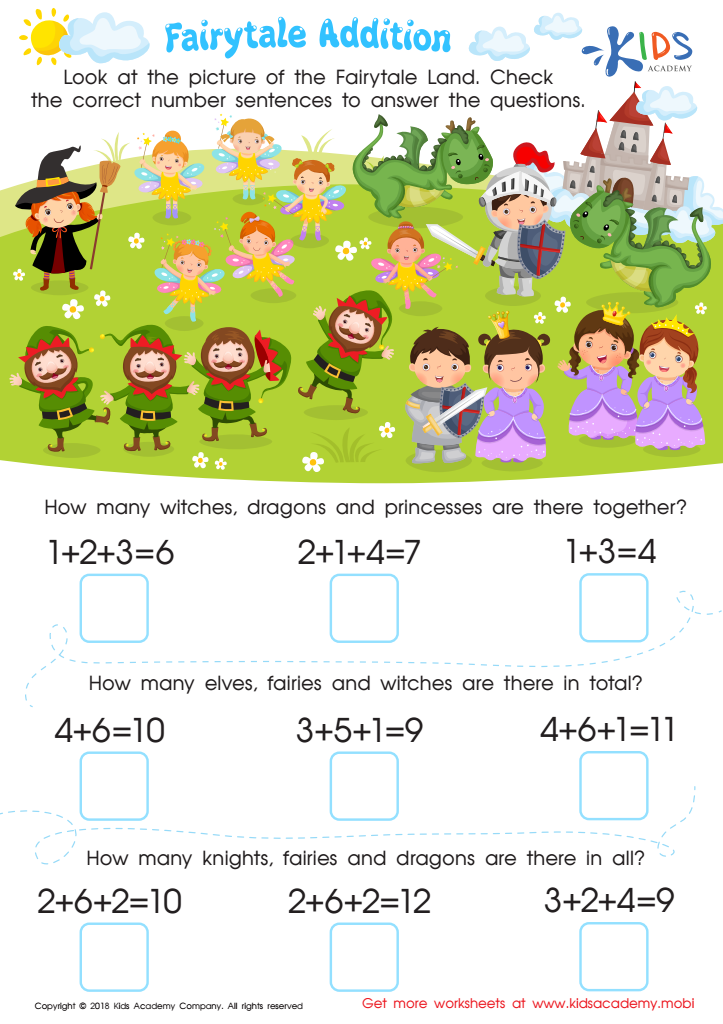

Fairytale Addition Worksheet
The Value of Easy Worksheets on Two-Step Word Problems for Four-Year-Olds
In the early stages of childhood education, fostering a love for learning and developing fundamental problem-solving skills is crucial. Educational printables, particularly easy worksheets on two-step word problems, play a pivotal role in achieving this goal for four-year-old children. These tools are not only engaging but also highly beneficial in various aspects of a child's cognitive and academic growth.
Foundational Skill Development
Two-step word problems are an excellent way to introduce young learners to the concept of sequential reasoning and logical thinking. At the tender age of four, children are just beginning to form the ability to follow multi-step instructions and solve problems that require more than one action or decision. Easy worksheets tailored to their level can help bridge the gap between simple recognition and more complex operations.
Enhancing Numeracy and Literacy
Combining basic arithmetic with reading comprehension, two-step word problems require children to read, understand, and then solve the problem presented. This integration of numeracy and literacy boosts their ability to process information from written text and apply it practically by calculating answers. Educational printables designed for this age group use simple language and numbers, making them ideal for young learners who are just starting to grasp these essential skills.
Building Confidence and Independence
One of the remarkable benefits of using educational printables for two-step word problems is the boost they give to a child’s confidence. As children successfully solve these problems, they experience a sense of accomplishment, which encourages them to tackle more challenges independently. This growing self-reliance is vital for their overall academic and personal development.
Customizable Learning Experience
Educational printables come with the added advantage of being highly customizable. Educators and parents can choose worksheets that match the individual learning pace and interest of each child. Whether it’s incorporating themes that a child is fond of (like animals or space) or adjusting the difficulty level, these printables can be tailored to make learning a more personal and enjoyable experience for young children.
Engaging Parent-Child Interaction
Solving two-step word problems from educational printables together can be a wonderful activity for parents and children. It provides a structured way for parents to get involved in their child’s early education, helping to reinforce learning concepts while spending quality time together. This interaction not only supports the child’s educational growth but also strengthens familial bonds.
Preparation for Future Academic Challenges
Starting with two-step word problems at an early age sets a strong foundation for handling more complex mathematical concepts as children progress through their educational journey. These initial encounters with problem-solving lay the groundwork for skills they will need in higher grades, where the problems become more intricate and require even more critical thinking and adaptation.
Encouraging Curiosity and Exploration
Children are naturally curious, and turning learning into a fun, problem-solving game can tap into their innate desire to explore and understand the world around them. Educational printables that involve two-step word problems spark this curiosity, as they challenge children to think about numbers and outcomes in a context they can relate to. This curiosity-driven learning is crucial for cognitive development and helps cultivate a lifelong love for education.
Social Skills Enhancement
When these activities are conducted in a group setting, such as in a classroom or a playgroup, they also help in enhancing social skills. Children learn to discuss their thought processes, listen to others' methods, and collaboratively find solutions to problems. This not only enriches their understanding but also teaches them valuable interpersonal skills like communication, patience, and teamwork.
Environmental Awareness and Practical Applications
Many educational printables can incorporate everyday scenarios, such as shopping, cooking, or playing in the park. By solving two-step word problems based on these familiar situations, children can also gain a better understanding of their environment and how basic math applies to real-world situations. This connection between the abstract world of numbers and their practical applications makes learning more tangible and impactful for young minds.
Conclusion
Easy worksheets on two-step word problems are more than just educational printables—they are a comprehensive tool for early childhood development. They help four-year-old children build essential academic skills, foster independence, encourage a positive attitude towards learning, and much more. By carefully integrating these resources into a child’s learning routine, parents and educators can provide a robust foundation for both school success and personal growth.
 Assign to My Students
Assign to My Students





